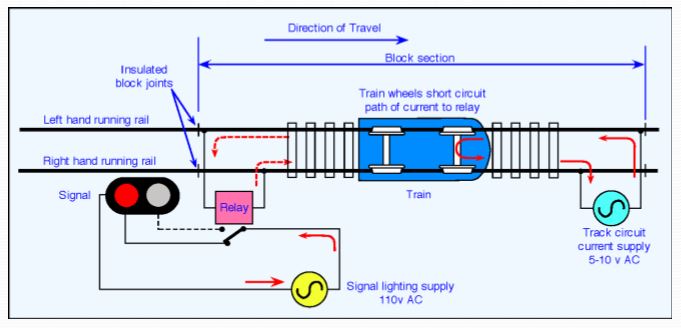

The times of all meets, starts, and finishes are recorded, and those are what you really want to know about.Īll train sheets record essential such as the ID of the train, its engines, its tonnage, its loads and empty, and the names of its crew. It's not as clear-cut on the trainsheet as CTC territory or train-order territory, but the net effect is the same - a permanent record of who went where, when. In TWC and DTC territory, there are no control points, and the train sheet records the time each movement authority is granted to which train, the limits of that authority, and the time an authority is released. "OS" has thus become shorthand for that section of main track between controlled signals at a remote-control switch, that is, that portion of the three tracks entering that switch in between the three signals protecting that switch.

" or a train crew saying "we're off the OS" as their rear end clears it. OS has thus come to mean "on switch" or "on station" as well as "on sheet," and you'll often hear a dispatcher say to someone inquiring on the location of a train, "he just hit the OS at. The computer looks to see which train ID has authority past that control point, moves the ID past the control point on the dispatcher's graphic display of the main track, and updates the train's location (and the exact time it entered that OS) on the train sheet, which is also graphically displayed. The moment a train passes a controlled signal, it is detected by the track circuit in that new block it just entered, and that sends a signal to the CTC computer. Today, the train sheet is electronic, and in CTC territory each control point (every controlled signal) is an "OS." All remote-control switches are control points, and there are a smattering of things like hold-out signals that are also controlled, that also report to the CTC machine. But there would be enough OS points (Rock Island dispatchers can roll there eyes here) that the dispatcher knew what was going on, and the dispatcher always had enough of an updated picture in front of him that he could manage his railroad efficiently. In the trainorder and timetable days, operators in open stations "OS'd" each train to the dispatcher by telegraph or telephone, sending a message like "OS X5431W at Cisco, 10:13." Closed or unmanned stations couldn't report, of course, and unless there was a temporary or permanent requirement for the train to OS itself by telephone or radio at a given station, no OS could be made. You can look back at it later to see patterns from which major operational and investment decisions are derived, to see where improvements in efficiency might be obtained, and to understand how a collision caused by an authority excursion came about, and where the error started. This forms a permanent record of how the railroad was operated, and by its very nature it establishes a dynamic record of each train's movement authority. A train enters the trainsheet at the station at which it starts, and as it progresses the time at which it passes each open station is reported by that station and entered by the dispatcher onto the train sheet. Horizontal lines are drawn between each station and across the width of the sheet, dividing it into boxes.Įach train gets its own vertical column on the side of the sheet that corresponds with its direction of movement.

Vertical columns are drawn on either side of the station column, and a convention is established that sets all the columns on one side as westward (or southward) and all the columns on the other side as eastward (or northward). Train sheets are like big spread-sheets, with all the timetable stations for that territory preprinted in a vertical column. OS means "On Sheet." When a train passes a control point in CTC or 251 territory, or a station in timetable and train-order territory, the time of its passage is noted on the train sheet in the proper place. It's a convenient handle, like LC for LimitedClear or Overmod - whatever THAT means, or Gabe, which stands for "Get another beer, Ethel." OK, I'm probably making that last one up.


 0 kommentar(er)
0 kommentar(er)
